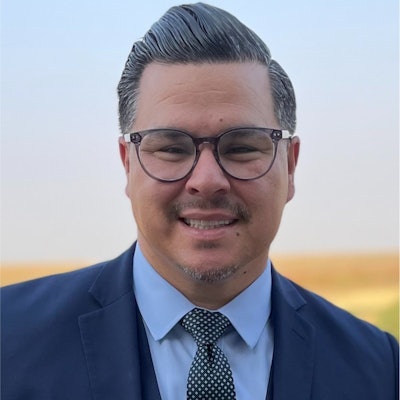My journey from the barrios of Albuquerque to a career in higher education is a testament to the power of commitment—and coaching.
I’m the product of two worlds. On my father’s side of the family, I’m a third-generation college graduate whose aunt was a law school professor. But I was raised in concentrated poverty by an undereducated and underpaid single mother. At the largely Chicano, Mexican, and Hispanic high school I attended, the influence of gangs and familial responsibilities meant that far too many of my classmates had little hope beyond the neighborhoods they were forged in.
With support from one great math teacher and several of my high school coaches, I went on to earn three degrees at three separate Hispanic-Serving Institutions. But for an unlikely invitation to attend a “diversity day” at Colorado Mesa University, my path might have led to a much different place. Roberto Montoya
Roberto Montoya
In some ways, HSIs resemble my hometown because they support, educate and instill hope in Latine students, who now make up a significant and growing share of the nation’s college-going population. Yet these institutions also struggle with inequities that threaten to subvert their mission and derail the college dreams of millions of Latine Americans. As the ranks of HSIs grow and enroll even more students, it’s long overdue that we begin to operationalize the concept of “servingness” as a central factor to the success of these institutions.
“Servingness” has been amplified by several leading HSI scholars, including Dr. Gina Ann Garcia, a Berkeley School of Education professor whose books and articles help to define what it means to be an HSI in the context of the term. The federal government, on the other hand, uses a straightforward numerical definition to classify as Hispanic Serving Institutions any two- or four-year nonprofit degree-granting college or university where enrollment is at least 25% Latine.
This simple enrollment threshold, coupled with an increase in the Latine population in higher education, has caused the ranks of HSIs to swell — from less than 200 in 1990, when the U.S. Department of Education first introduced the designation, to more than 570 today. Another 400 institutions, according to research compiled by Excelencia in Education, are considered emerging HSIs because they’re quickly approaching that enrollment benchmark.





















